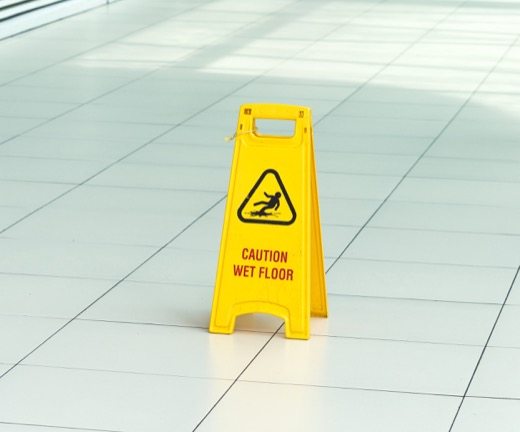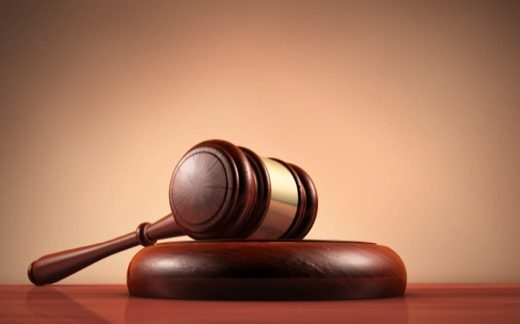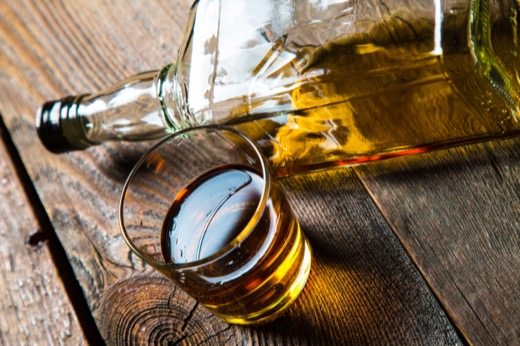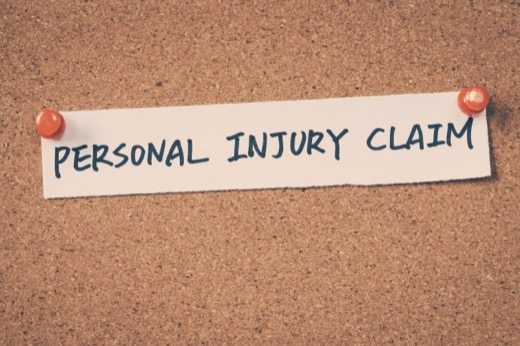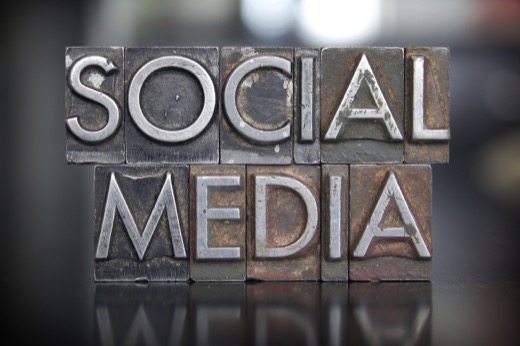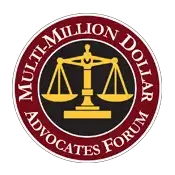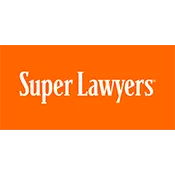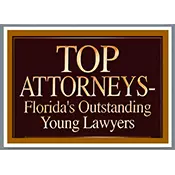Understanding Damages in Wrongful Death Cases
If you have lost a loved one in an accident, you may have a wrongful death case. A lawsuit alleging a “wrongful death” basically is a suit where the person who caused the death is sued for damages. “Damages” is a legal term that means “the amount of money that will compensate you for your loss.” Of course, no amount of money can compensate you for the loss of your loved one. That said, there are a number of types of damages you may be entitled to, that may at least begin to fill some of the gaps left by the death of your loved one.
Some people are hesitant to file a wrongful death lawsuit. You should know that the public policy of the state of Florida is specifically outlined in the Florida statutes. It states that when a wrongful death occurs, the losses should be born not by the survivors but rather, by the wrongdoer.
Right of Action – When Does One Have a Wrongful Death Case?
If a person dies in the state of Florida because of someone else’s wrongful act, default, negligence, breach of contract, or breach of warranty, there may be a cause of action for damages. These types of wrongful acts in the state of Florida include not only wrongful actions or breaches on land, but also those that occur on navigable waters.
Practically speaking, this could include – but is not limited to — deaths from car and motorcycle accidents, medical malpractice, product liability, and falls.
What if the Wrongdoer Also Died in the Accident?
You should know that you may have a wrongful death claim even if the wrongdoer who caused the accident is also dead (either as a direct cause of the accident, or due to circumstances that have nothing to do with the accident). This is because the dead wrongdoer has what is called “an estate,” which can be sued in place of the wrongdoer.
Who Qualifies for Damages in a Wrongful Death Case?
Under Florida law, “survivors” are entitled to file a wrongful death suit. Survivors may include any of the following:
Spouse;
Children under the age of 25;
Parents;
Children under the age of 25 born out of wedlock of a mother;
Children under the age of 25 born out of wedlock of a father who has recognized the responsibility for the child’s support;
Other blood relatives dependent on the decedent for support or services; and
Adoptive siblings that relied upon the decedent for support or services.
“Support” includes both money and “in kind” contributions. This could mean that a relative lived with the decedent, where the decedent paid the mortgage, the bills, or provided food. “Services” on the other hand, mean tasks, typically of a household nature, that were regularly performed by the decedent, which now becomes a necessary expense to the survivors. Obviously, damages for services will vary in each case, because it is dependent on the actions of each individual decedent.
Damages Awarded in Wrongful Death Cases
In a case for wrongful death, all survivors are entitled to recover the value of the lost support and the lost services from the decedent. The damages are calculated from the date of death if the death was immediate, or, in cases where a loved one lives beyond the date of the injuries, but dies later as a result of the injuries, the date the injury occurred. Past damages are awarded with interest. Survivors are also entitled to future loss of support and services. Things that are evaluated when calculating loss of support and services include the amount of the lost loved one’s probable net income, as well as the replacement value of the loved one’s services to each survivor. In calculating future losses, the life expectancies of each survivor and the decedent are calculated.
Spouses. Spouses are entitled to also recover for the loss of their loved one’s companionship and protection. Spouses can also recover for pain and suffering back to the date of the injury.
Children. Children under the age of 25 can recover for the loss of the companionship, guidance, and instruction. If there is no surviving spouse, children of all ages may recover damages for the loss of companionship, guidance, and instruction. Children are also entitled to recover for pain and suffering back to the date of the original injury.
Parents. When parents have lost a child under the age of 25, they are entitled to pain and suffering from the date the child was injured that resulted in their death. If a child 25 or older dies as a result of a personal injury, and the child has no other survivors, parents may also recover for pain and suffering.
Medical Expenses. Medical expenses can be recovered by the person who paid the medical expenses.
Funeral Expenses. Funeral expenses, similarly, can be recovered by the survivor who paid the funeral expenses.
Net Accumulations. Net accumulations include the expected salary income or business income of the decedent. This includes pension benefits and the amount of money the decedent probably would have saved in his lifetime, to leave as part of his estate, if the decedent had been able to live to a normal life expectancy.
What to Do if You Have Lost a Loved One
Losing a loved one suddenly is shocking. The days and weeks after the accident can feel overwhelming, as the family seeks to adjust to a “new normal,” living without their loved one. Lawsuits can be the furthest thing from a family’s mind. Unfortunately, the state of Florida has a statute of limitations that governs wrongful death suits. If you do not file your claim in a timely manner, you may not be able to recover the damages you are entitled to.
If you have lost a loved one due to an accident, you may have a wrongful death claim. Contact the skilled Florida Wrongful Death attorneys at Madalon Law. Our attorneys are experienced in handling wrongful death claims. We will meet with you and your family at no charge to discuss the loss of your loved one and whether or not we believe we can recover damages for your loss.

